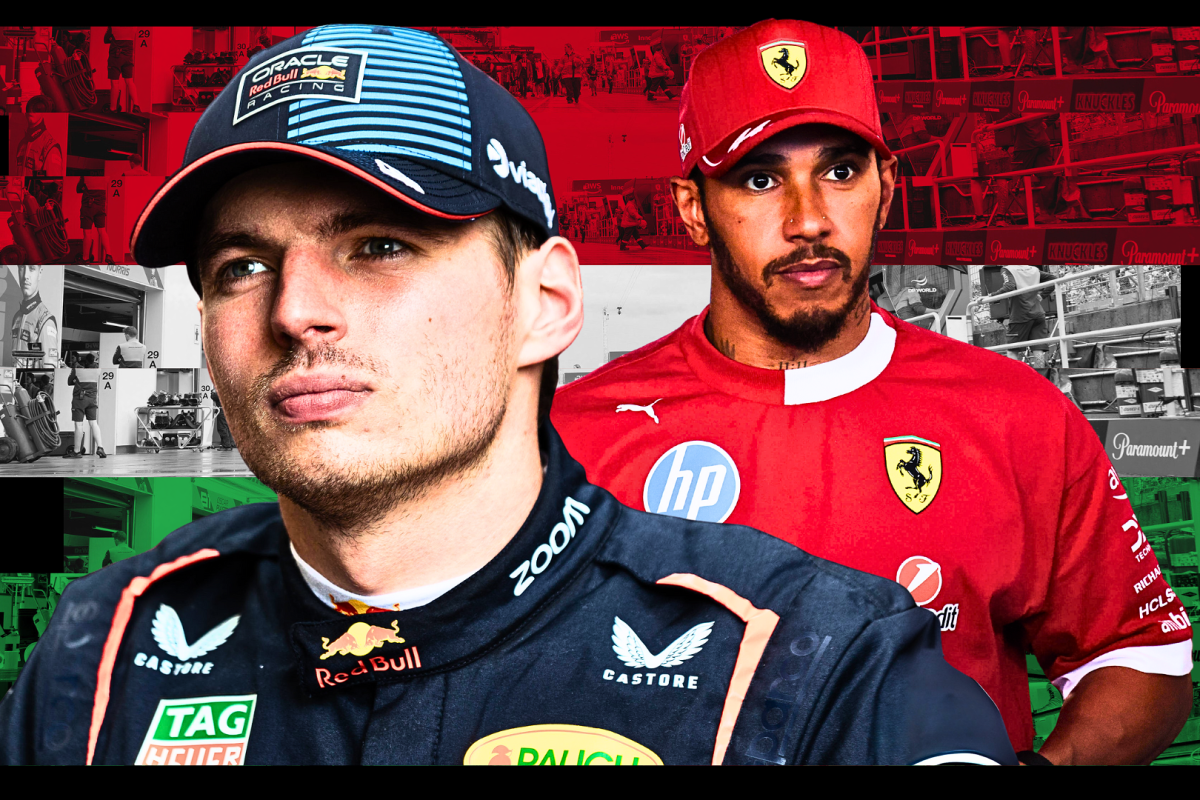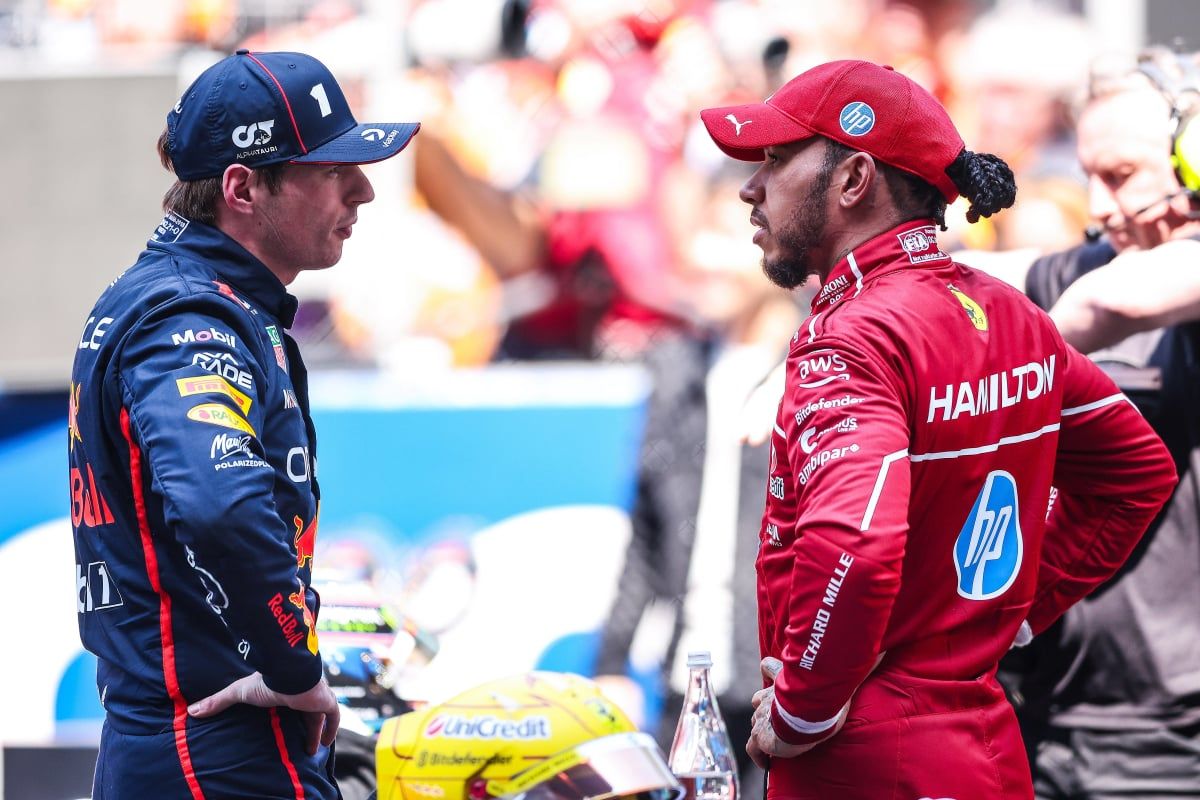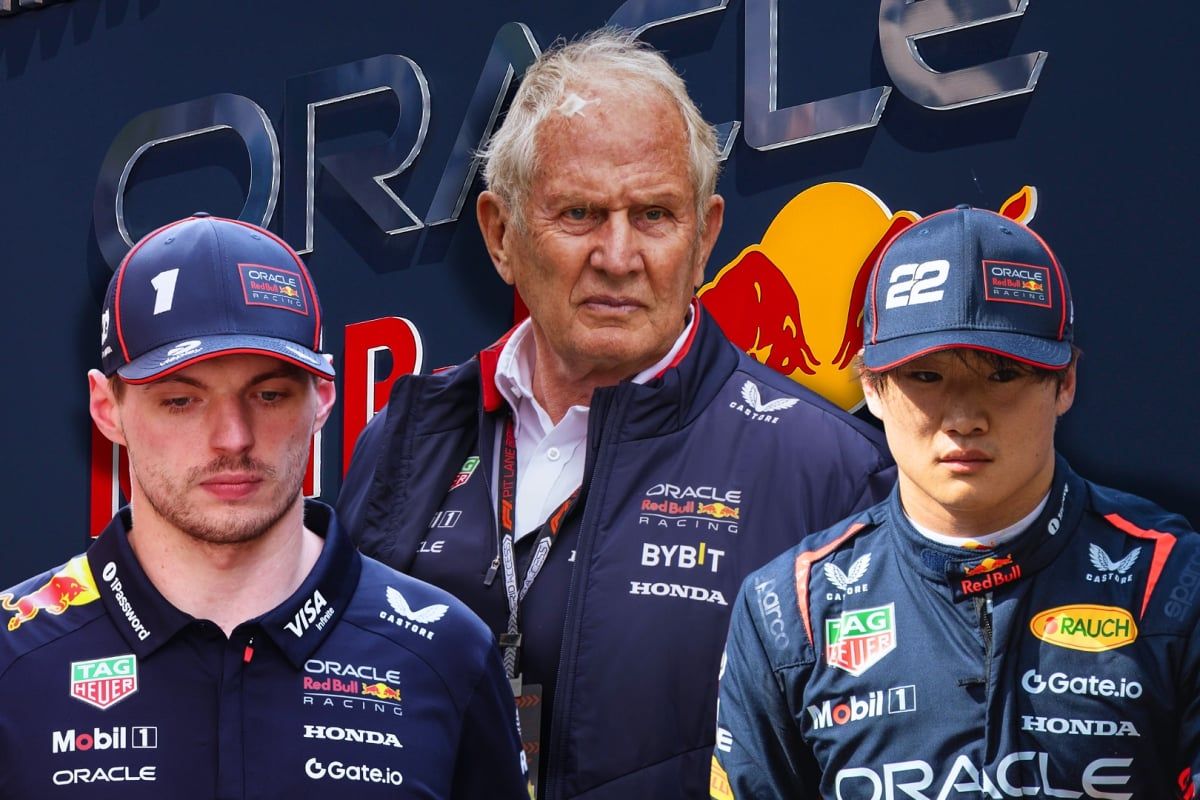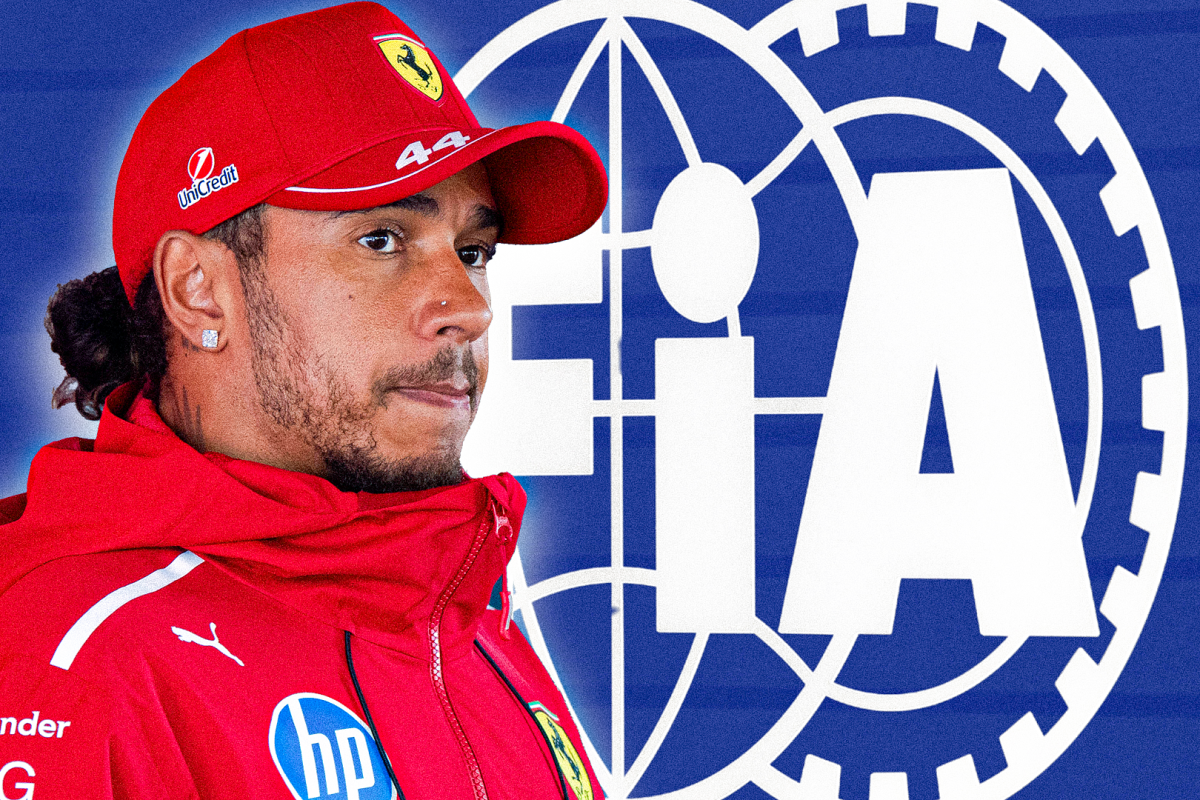F1 Stars Navigating Uncharted Waters After Hungarian GP G… read more
The Formula 1 Hungarian Grand Prix has thrown a significant curveball, leaving drivers and teams grappling with an unprecedented level of uncertainty following a dramatic alteration to the starting grid. The unexpected changes, stemming from a combination of penalties and grid position shuffles, have plunged the paddock into a state of flux, leaving even seasoned veterans questioning their race strategies and predicting outcomes with significantly diminished confidence. The usual pre-race analysis, meticulously crafted through practice sessions and qualifying, has been rendered almost obsolete, replaced by a complex calculation of potential overtakes, strategic pit-stop scenarios, and unpredictable on-track battles.
The root of this chaos lies primarily in the stringent application of track limits regulations and the subsequent penalties levied against several key drivers. The Hungaroring, with its notoriously tight and unforgiving track, proved a challenging environment for maintaining perfect adherence to the prescribed racing line, resulting in several drivers exceeding the designated boundaries during qualifying and practice sessions. While track limits infringements are not uncommon, the sheer number of penalties handed out in Hungary created a seismic shift in the established grid order. This seemingly strict enforcement, while aimed at maintaining sporting fairness and consistency, has inadvertently amplified the element of surprise and uncertainty that usually accompanies an F1 race.
Several high-profile drivers found themselves significantly impacted by the penalties. The most dramatic example arguably involves [Insert name of driver affected by a large penalty and details], who, after a strong qualifying performance, saw their position drastically reduced following multiple track limits violations. This drastic shift not only affects their own race strategy but also ripples across the entire field, creating a domino effect on other drivers’ race plans. Teams that had anticipated direct competition with the penalized driver now have to recalculate their strategies, factoring in the sudden change in the driver’s starting position and his potential for an aggressive climb through the field. Such shifts force teams to reassess their approaches to tire management, fuel strategy, and potential overtaking opportunities, potentially leading to unexpected risks and outcomes.
Beyond the immediate impact on penalized drivers, the grid shake-up has also created a ripple effect impacting those who were not directly involved. Drivers who originally qualified further down the grid now find themselves in unexpected positions, placing them in unfamiliar racing scenarios. Those who had previously planned a cautious, points-scoring strategy might suddenly find themselves battling for positions further up the grid, demanding a more aggressive, and potentially riskier, approach. The sudden alteration of the established pecking order has thrown off the careful calculations and predictions that typically underpin race strategy development.
The unpredictable nature of the revised starting grid creates immense challenges for teams’ engineering and strategy departments. The complex interplay of factors – starting position, tire degradation, fuel consumption, and the potential for safety car periods – has become significantly more challenging to predict. Sophisticated computer simulations, normally used to forecast race outcomes with a high degree of accuracy, become less reliable in this scenario, where the initial conditions are so vastly different from what was anticipated. Teams are now forced to rely more on intuition, experience, and real-time data analysis to adapt to the evolving dynamics of the race.
The Hungarian Grand Prix, therefore, presents a unique opportunity for some drivers to capitalize on the chaos. Those with cars capable of strong overtaking maneuvers will have a chance to showcase their skills, potentially achieving significantly better results than their qualifying performance would have suggested. Similarly, those drivers further down the grid, unexpectedly promoted to a higher starting position, will be under immense pressure to maintain their position, potentially leading to thrilling and unexpected racing action.
The repercussions of this grid shake-up extend beyond the immediate outcome of the Hungarian Grand Prix. It raises fundamental questions about the application of track limits regulations and the balance between ensuring fair racing and preserving the excitement of the sport. The incident has sparked debate among drivers, teams, and fans alike, prompting discussions on whether the current approach is appropriate and whether modifications are necessary to ensure a fairer and more predictable grid for future races. The impact of the Hungarian Grand Prix, therefore, will likely resonate far beyond the checkered flag, potentially influencing the future direction of F1 regulations and race management. The uncertainty created has highlighted the complexities of modern Formula 1, demonstrating how even a seemingly minor change can have a profound and unpredictable effect on the outcome of a race and the overarching championship battle.




